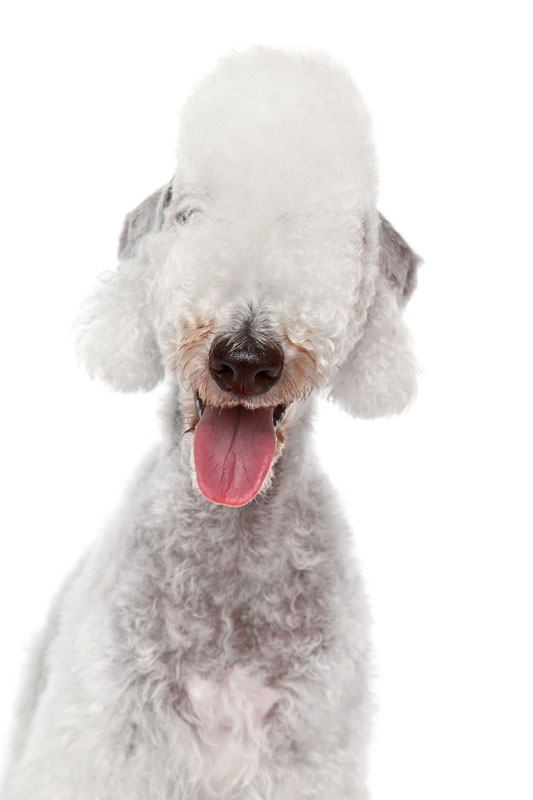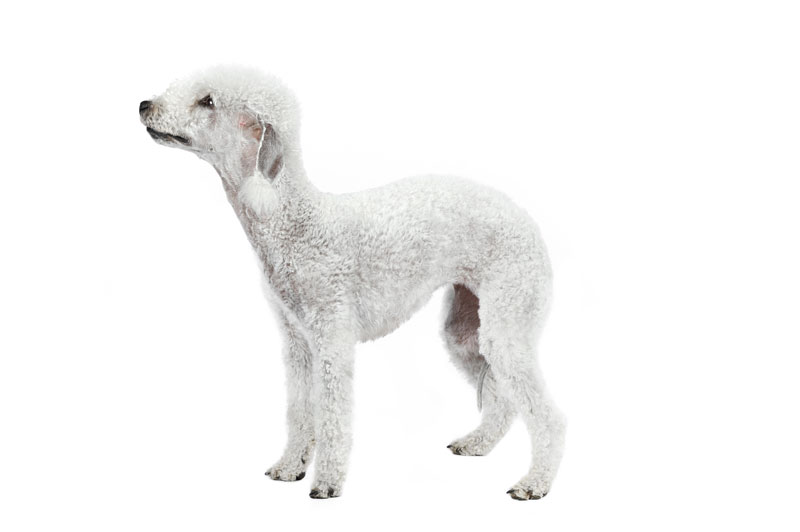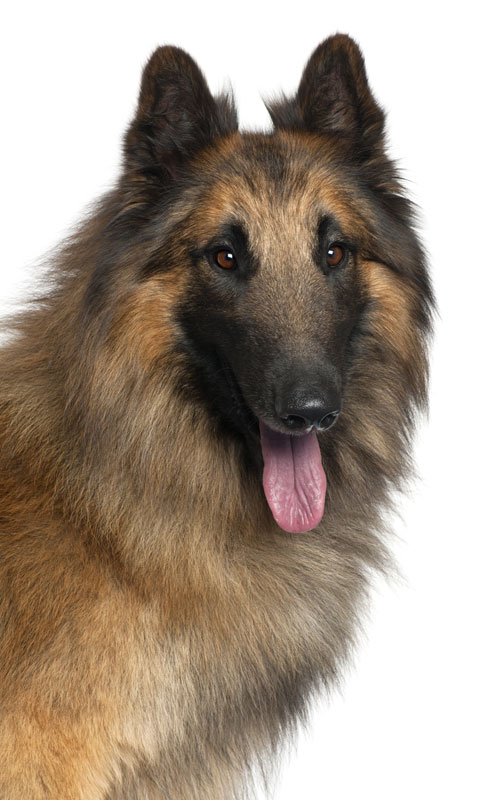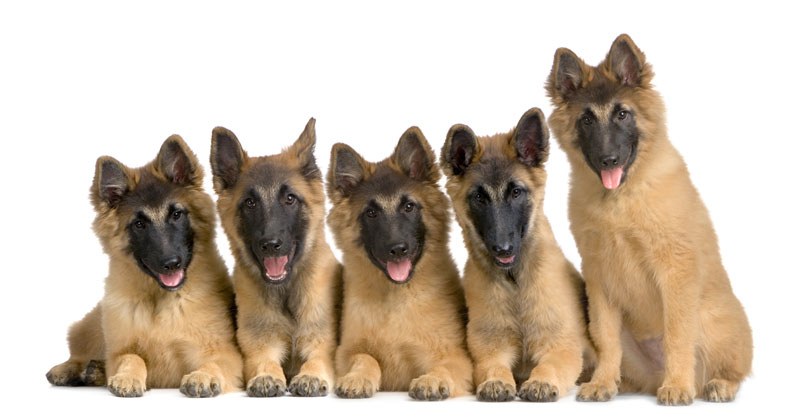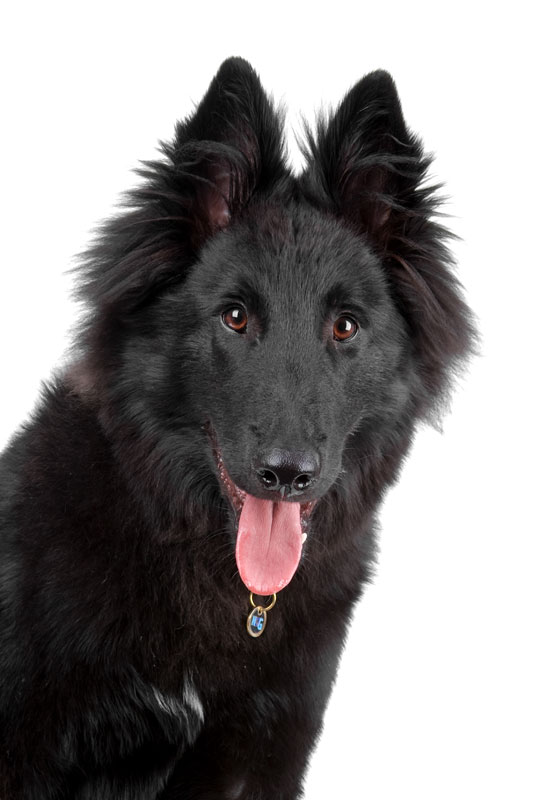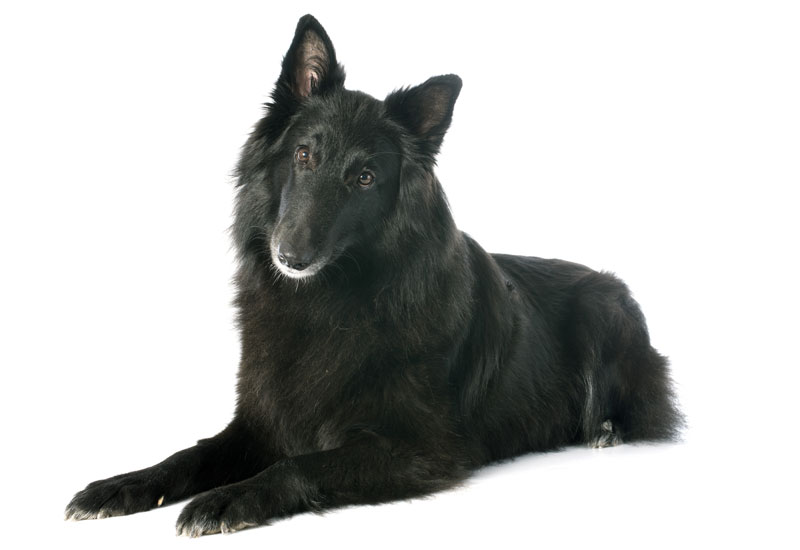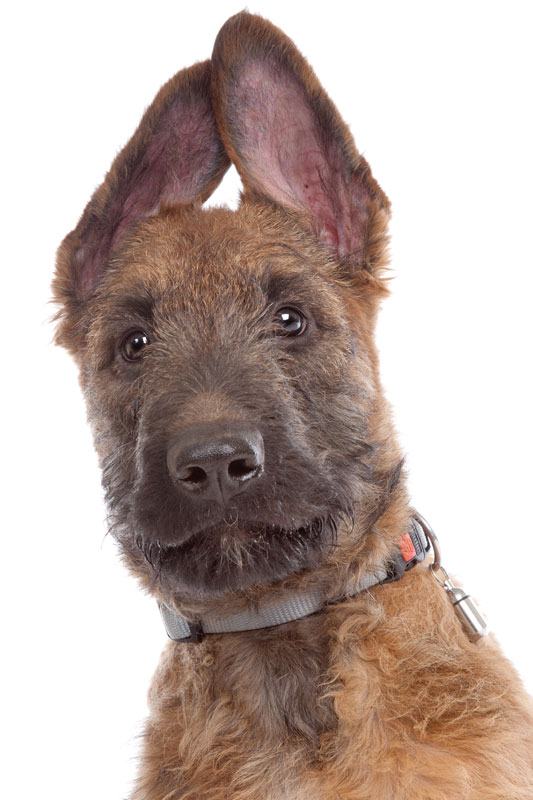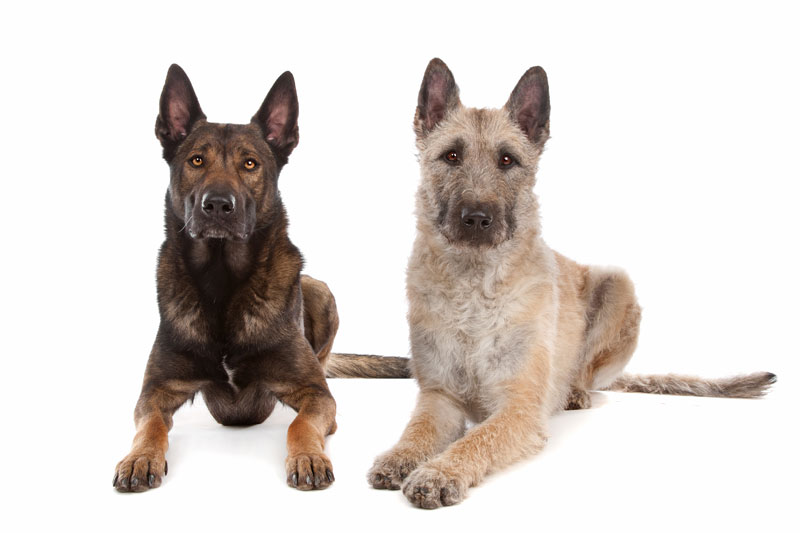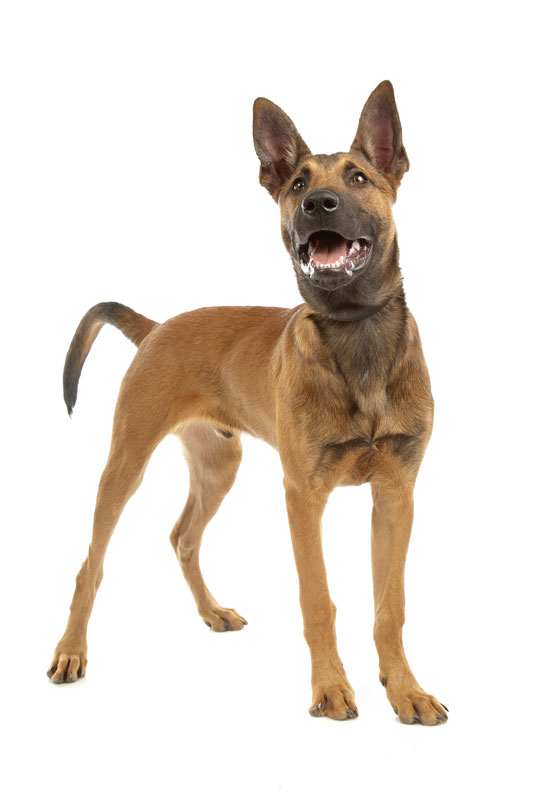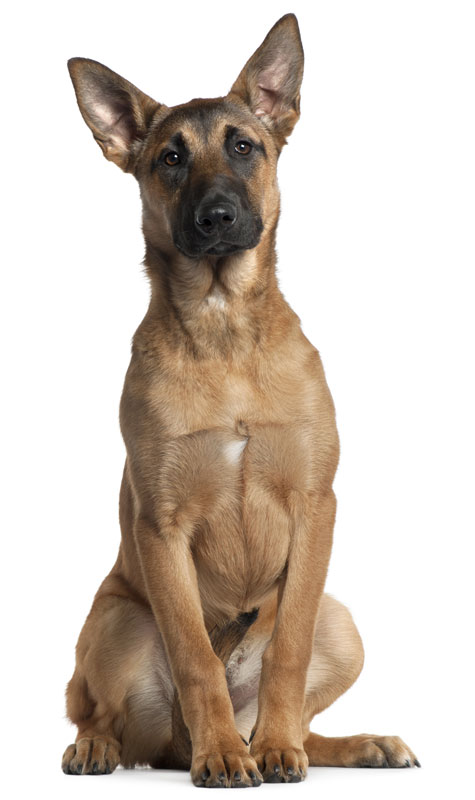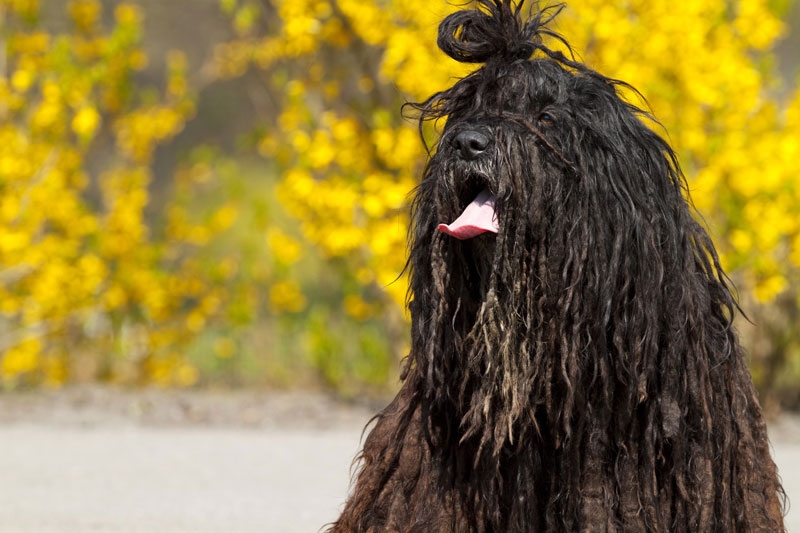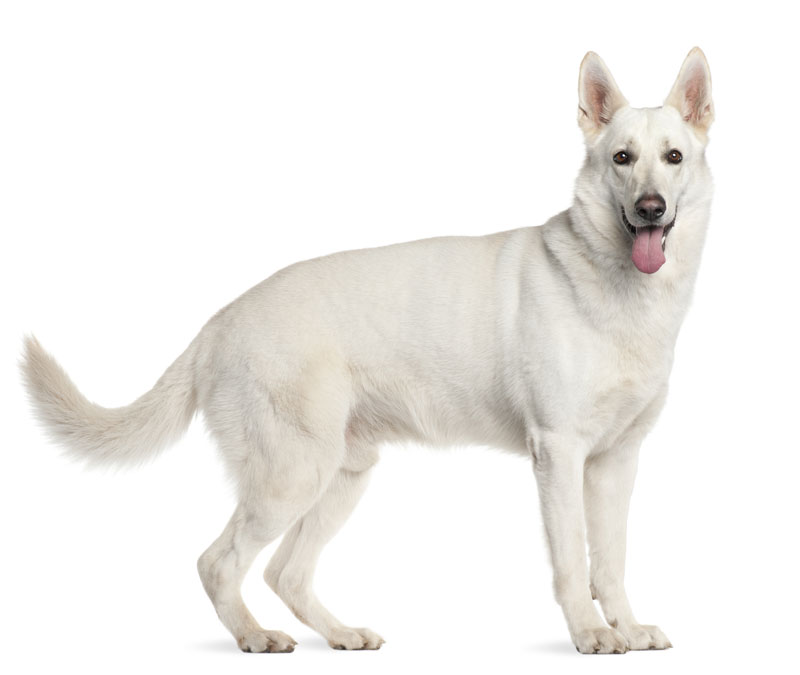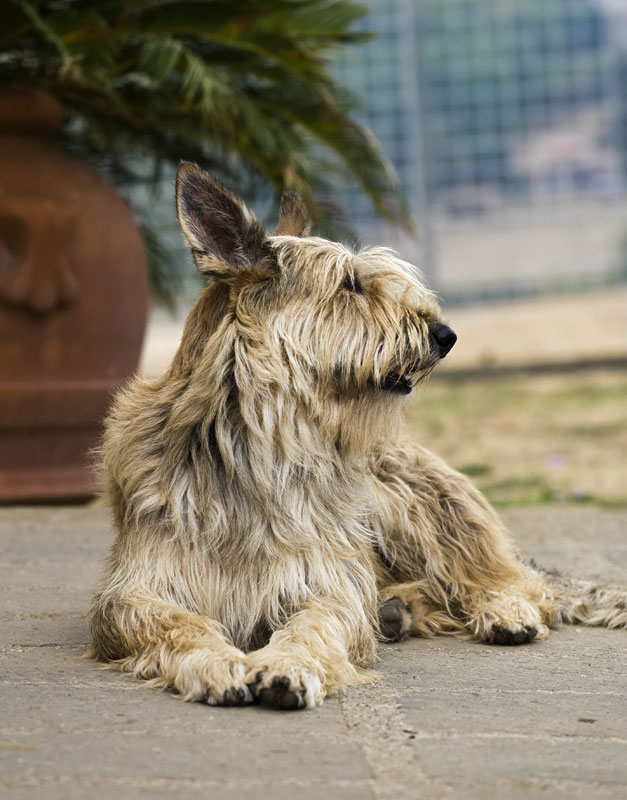Super User
Bedlington Terrier
The Bedlington Terrier is a dog breed of small dog named after the mining town of Bedlington, Northumberland in North East England. Originally bred to hunt vermin in mines, the Bedlington Terrier has since been used in dog racing and dog fighting, as well as in conformation shows, numerous List of dog sports, and as a companion dog. It is closely related to the Dandie Dinmont Terrier, Whippet and Otterhound.It is described as being both good with children and "fit to kill any other dog of his weight". Bedlingtons carry what is known as the greying gene, a dominance (genetics) trait carried on the G locus (genetics). The fur of the Bedlington creates a shape on the top of the dog's head known as a Chonmage. Although most modern breed standards call for the dog's topknot to be lighter than its body, when the breed was first being formed there was at least one prominent breeder, Mr. Pickett, who believed that the topknot should be darker, not lighter.The dog's coat has been described as shaggy, hard, and rugged in style Its coat is made up of a combination of hard and soft hairs.However, both the AKC and the ASPCA call the breed "mild" and "gentle" and recommends it as being good with children. PetFinder says the breed is soft in temperament, companionable, demonstrative, loyal, and a quiet housedog. Although the breed may chase small animals outside, it is accepting of them inside. The New Zealand Kennel Club warns against keeping them with dogs that have dominate personalities, "as once challenged they are terrifying fighters, despite their gentle appearance", Poodle may have been introduced into the breed to make the coat easier to groom and maintain. They were originally known as Rodbury Terriers, Rothbury Terriers, Many dogs in early shows were dog grooming and dyed to bring them closer to the breed standard and improve their chances of winning.Bedlington Terriers are closely related to the Dandie Dinmont Terrier. One of his descendants, Ch. Femars' Cable Car, was featured on the cover of Sports Illustrated in the February 8, 1960 edition.
Health
Mortality
Median longevity of Bedlington Terriers, based on two recent UK surveys, is about 13.5 years, which is longer than for purebred dogs in general and longer than most breeds similar in size. The longest-lived of 48 deceased dogs in a 2004 UK Kennel Club survey was 18.4 years. Leading causes of death among Bedlington Terriers in the UK were old age (23%), urologic (15%), and hepatic (12.5%). It is closely related to Wilson's disease in humans. that causes cell (biology) lysosomes to become saturated with copper. This causes the cell to store copper in the Cell nucleus. There are three varieties of the disease: the Asymptomatic Form occurs when copper accumulates but there are no clinical symptoms of the disorder; the Fulminating Form which is seen mostly in young dogs, causes death in two to three days, and is thought to be caused by stress; and the Chronic Form, which is characterized by an extended period of time in which liver disease slowly causes the death of the dog. Bedlingtons also have a tendency to accumulate iron in the liver, but not nearly to the extend that they accumulate copper.
Belgian Shepherd (Tervuren)
The Tervuren /tərˈvjʊrən/ (sometimes spelled Tervueren), is a member of the Belgian Shepherd family of dog breeds, named after a village in Belgium. Its classification varies, being classified under some breed standards as a breed in its own right, and in others as one of several acceptable variations of the Belgian. It is usually listed within breed standards under one or other, or a combination, of these names.
In the United States, since 1960, the AKC recognizes it under the name Belgian Tervuren. Prior to that date, all recognized varieties of the Belgians were called Belgian Sheepdog.
In Canada, the Canadian Kennel Club recognizes the Tervuren as a variety of the Belgian Shepherd (prior to 2005, Belgian Shepherd Dogs were called Belgian Sheepdogs).
Health
Generally healthy, but Tervurens can have a susceptibility to hip dysplasia, epilepsy, gastric problems (including bloats and torsions) and some eye and skin problems.
Grooming
The Tervuren has a thick, double coat similar to the Groenendael. Regular brushing is necessary to remove loose undercoat, but in general, the fur is not prone to matting but occasionally, they can get hairballs. A properly textured Tervuren coat is slightly hard, laying flat against the body (unlike, for instance, the Samoyed's off-standing fur). It naturally sheds dirt and debris, but burrs and seeds may stick to the feathering on the legs.
The Tervuren is shown in a natural state, with minimal trimming and cosmetic products. Bathing, brushing, and trimming the fur on the feet with scissors to emphasize their tight, cat-footed shape is the extent of most exhibitors' grooming routines. Products that alter the coloration of the coat and masking are not allowed in the ring.
Belgian Shepherd Dog (Groenendael)
The Groenendael is a dog that is included in the Belgian Shepherd Dog dog breed. In the United States it is generally recognized under the name Belgian Sheepdog. The Groenendael is recognized by all major kennel clubs. Like all Belgian Shepherd Dog, the Groenendael is a medium-sized, hard-working, square-proportioned dog breeds of dog in the Herding dog family.
one of the basic activities of the Belgian Shepherd was guarding the flock. This make that the Belgian shepherd is extremely useful for protection purposes. The Malinois is famous for its IPO or Policedog performance, but the Groenendael can also be used for this purpose.
Belgian Shepherd Dog (Laekenois)
The Belgian Shepherd Dog (Laekenois) is a breed of dog, sometimes classified as a variety of the Belgian Shepherd Dog rather than as a separate breed. "Laekenois" is pronounced . This breed is not fully recognized in the United States. However, they can be shown in Britain, Canada, Australia, and throughout Europe, along with all three of the closely related breeds which share a heritage with the Laekenois: the Belgian Shepherd Dog (Tervuren), the Belgian Shepherd Dog (Malinois), and the Belgian Shepherd Dog (Groenendael), the last being shown in the U.S. as the Belgian Sheepdog.
History
The Belgian Laekenois originated as a dog for herding sheep at the Royal Castle of Laeken. Besides its role as a herding dog, this breed is also used to guard linen that is placed in fields to dry. In the First and Second World War, the Laekenois was used a messenger dog . The Laekenois is considered both the oldest and the most rare of the Belgian Shepherd Dogs. Until the advent of dog shows in the early 1900s, the four varieties were freely intermixed, in fact, there are only three genes (short/long coat, smooth/wire coat, fawn/black coat) that separate the varieties genetically. Purebred Laekenois occasionally give birth to smooth-coated puppies, which, depending on the pure-bred registry, can be registered as Malinois.The Laekenois is currently in the American Kennel Club's Miscellaneous Class and is assigned the Herding Group.
Health
See Health section of Belgian Shepherd for more information.
Belgian Shepherd Dog (Malinois)
The Malinois or Belgian Shepherd Dog is a breed of dog, sometimes classified as a variety of the Belgian Shepherd classification, rather than as a separate breed. The Malinois is recognized in the United States under the name Belgian Malinois. Its name is the French language word for Mechlinian, which is in Dutch language either Mechelse herdershond or Mechelse scheper (both meaning: shepherd dog from Mechelen) or Mechelaar (one from Mechelen). It is used as a working dog for tasks including detection of odors such as explosives, accelerants (for arson investigation), and narcotics; tracking of humans for suspect apprehension in police work; and search and rescue.
Health
The average lifespan of the Belgian Malinois is 12–14 years. Notable health problems prevalent to the Malinois include cataracts, epilepsy, thyroid disease, progressive retinal atrophy, hip dysplasia (canine), and pannus, although these problems have been minimized through selective breeding.
Bengal
The Bengal is a hybrid breed of domestic cat. Bengals result from crossing a domestic feline with an Asian leopard cat (ALC), Prionailurus bengalensis bengalensis.
The name "Bengal cat" was derived from the taxonomic name of the Asian leopard cat (P. b. bengalensis), and not from the more distantly related Bengal tiger. They have a desirable "wild" appearance with large spots, rosettes, and a light/white belly, and a body structure reminiscent of the ALC, but once separated by at least four generations from the original crossing possess a gentle domestic cat temperament.
History
The earliest mention of an ALC/domestic cross was in 1889, when Harrison Weir wrote in Our Cats and All About Them
However in 1927, Mr Boden-Kloss wrote to the magazine Cat Gossip regarding hybrids between wild and domestic cats in Malaya:
- I have never heard of hybrids between bengalensis (the Leopard Cat) and domestic cats. One of the wild tribes of the Malay Peninsula has domesticated cats, and I have seen the woman suckling bengalensis kittens, but I do not know whether the latter survive and breed with the others!
The earliest mention of a confirmed ALC/domestic cross was in 1934 in a Belgian scientific journal, and in 1941, a Japanese cat publication printed an article about one that was kept as a pet.Jean Mill (née Sugden), the person who was later a great influence of the development of the modern Bengal breed, submitted a term paper for her genetics class at UC Davis on the subject of crossbreeding cats in 1946.
Greg and Elizabeth Kent were also early breeders, who developed their own line of Bengals using ALCs and Egyptian Maus. This was a very successful line and many modern Bengals will find it in their pedigree.
Although it has become a popular breed, with over 60,000 cats registered with TICA, not all cat registries accept them; in particular, the Cat Fanciers' Association, one of the largest cat registries in the world, does not accept any hybrids.
New developments
- The UK Department for Environment, Food and Rural Affairs, DEFRA, removed the previous licensing requirements for the keeping of Bengal cats in the United Kingdom in 2007.
Currently, several varieties of domestic cat are being developed from the Bengal:
- The Serengeti cat is developed from crosses with Oriental Shorthair or Siamese, with the aim to produce a domestic cat mimicking the appearance of an African serval, without actually incorporating serval genes by hybridization.
- The Toyger is developed from crosses with domestic cats with the aim to produce a striped "toy tiger".
- The Cheetoh is an attempt to blend two existing domestic breeds of spotted cats with defined characteristics (Bengal and Ocicat), into a third breed. They are only recognized by The International Cat Association.
Long-haired variant
Some long-haired Bengals have occurred since the beginning of the Bengal breeding program, as longer-haired domestic cats were among those used in crosses with the wild Asian leopard cat to produce the breed. Some current F4 and later purebred Bengals carry the recessive long haired genes and when they are mated with each other, they can produce long-haired Bengals. Such offspring were usually spayed or neutered until ongoing intentional development of the long-hair variety, as they did not then qualify as Bengal breeding stock due to their non-conforming long or semi-long coats. On August 21, 2013, long-haired Bengals were granted "preliminary" breed status in the New Zealand Cat Fancy (NZCF) registry under the breed name Cashmere Bengal, at the behest of a breeder named Damian Vaughan. They are currently not recognized by any other cat registries.
Health
Since the late 1960s—when the Bengal cat was developed through hybridization of Asian Leopard cats and domestic cats—it has gained huge popularity. However, in recent years, a novel early-onset autosomal recessive disorder was described in this breed. This disease appears to be an early-onset primary photoreceptor disorder, leading to blindness within the first year of age.
Bergamasco Shepherd
The Bergamasco is a breed of dog with its origins in the Italy Alps near Bergamo, where it was originally used as a herding dog.
Health
Health information for this breed is sparse. The only health survey appears to be a 2004 UK Kennel Club survey, which had a sample size of 0 deceased dogs and 10 living dogs, far too few dogs from which to draw any conclusions.
Berger Blanc Suisse
The Berger Blanc Suisse is a breed of dog from Switzerland. It is of the same origins as the White Shepherd and the German Shepherd Dog, and has been recognized as a separate breed by the Federation Cynologique Internationale.
History
The first German Shepherd Dog registered by the Society for German Shepherd Dogs (Verein für deutsche Schäferhunde) was Horand Von Grafrath. Neither he nor any of his documented progeny were white, although his great-grand sire on his mother's side was white.At the creation of the German Shepherd Dog breed, all colours were accepted. It was in the first decades of the 20th century that the white exemplars began to be excluded in Europe. The first White Shepherd club was founded during the 1970s in America. Meanwhile, the breed appeared again in Europe, at first in Switzerland, then Denmark and Germany came next. Slowly, the European cynological societies began to open their stud books to the White Shepherd. The white-coated dog Lobo, born in the U.S. in 1966, was registered in Switzerland. The Berger Blanc breed was recognized in Switzerland 1991 and in the Netherlands in 1992. The Czech Republic, Austria and Denmark also recognized the breed.
Berger Picard
The Berger Picard (pronounced 'Bare-ZHAY Pee-CARR') or Picardy Shepherd is a France breed of dog of the herding dog group of
breeds. These dogs nearly became extinct after both World War I and World War II and remain a rare breed to this day. This breed of dog is people-oriented, loyal, and can make a good family pet if properly socialized early in life.
The producers of the 2005 American movie Because of Winn-Dixie brought five Picards over from Europe ("Scott", "Laiko" and "Tasha" performed in the movie). The trainer wanted a dog that resembled the scruffy mutt on the original book's cover but needed several that looked alike so that production could continue smoothly, thus he decided on this rare purebred dog from France.
It is this breed's rustic mutt-like appearance that has prevented it from being rapidly popularized and exploited in the United States by the movie release, as has been the fate of some other breeds. People are often fooled into thinking "Winn-Dixie" is a mixed breed.
Like any breed of dog, the Picardy Shepherd is not for everyone, and much thought must be devoted to choosing the right dog. As more Picard puppies are imported into the U.S. from France and other countries, it is important that owners and future breeders remain responsible; they will determine the fate of this breed in the United States. In 2006 the was formed to help promote and protect this breed. The Berger Picard will be fully recognized in the herding group by the American Kennel Club on July 1,2015.
History
Thought to be the oldest of the French Sheepdogs, the Berger Picard was brought to northern France and the Pas de Calais, in the 9th century by the Franks. At the February 2012 Meeting of the American Kennel Club Board of Directors, the Board voted to move the Berger Picard into the Miscellaneous Group effective January 1, 2013. At the April 22, 2014, The AKC Board voted to approve a request from the Berger Picard Club of America to 1) approve the breed standard submitted as the official breed standard for the Berger Picard breed,2) move the Berger Picard from the Foundation Stock Service into the Stud Book of the American Kennel Club on June 1, 2015, and3) approve the Berger Picard to compete in the Herding Group, effective July 1, 2015.
http://images.akc.org/pdf/board_minutes/0414.pdf
The Berger Picard is a recognized breed by the Canadian Kennel Club. It is in the Herding Group, Group 7. The Standard for this breed is available through the Canadian Kennel Club, Group 7 breed standards. The National breed club is http://www.bergerpicardclubcanada.com/ Berger Picard Club Canada.
Health
Berger Picards due to lack of over breeding are a relatively healthy breed. Hip dysplasia (canine) is known, as are several eye disorders, including progressive retinal atrophy or PRA. A reputable breeder will have hips certified by the Orthopedic Foundation for Animals or by PennHip with the results posted on the OFA database found at http://offa.org/search.html?btnSearch=Advanced+Search Eyes will be certified for hereditary diseases through the OFA as well (previously through the Canine Eye Research Foundation) and results should also be published on the OFA database. The Berger Picard also participates in the Canine Health Information Center. http://www.caninehealthinfo.org/brdreqs.html?breed=BEP To obtain a CHIC number, dogs must have their hips and eyes checked with the results published on the OFFA website and their blood banked for DNA plus one elective, either elbows, thyroid or heart evaluated.
The breed's life expectancy is 12 to 13 years.
Berner Laufhund
The Berner Niederlaufhund (known in the United States as the Small Bernese Hound) is a scent hound standing around 15 to 23 inches, which originated in Switzerland. It is a medium dog that is very powerful, and was used to Hunting dog big game. The Berner Niederlaufhund is considered a "Hunting Dog in the Most Specific Meaning of the Word." The Berner Niederlaufhund is considered by many hunters to be the best hunting dog in the world. It is a Coat hound, but one in every 20 or more dogs has a rough coat.
History
Around the 1900 the hunting activities were restricted to districts and since the hound used till then were to fast for this limited areas it was decided to establish a new type of hound. Using selected specimens of the medium sized Swiss Laufhund a smaller hunting dog was created. On July 1, 1905 the Swiss Niederlaufhund-Club (SNLC) was founded.

